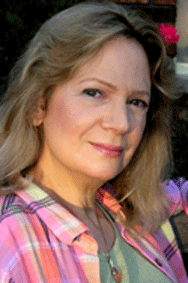There is one day that is ours. Thanksgiving Day is the one day that is purely American. — O Henry
After a good dinner one can forgive anybody, even one’s own relatives. – Oscar Wilde
As we approach the quintessential American family holiday – Thanksgiving – I started to search for samples of Thanksgiving representations in literature. You’d think that the holiday would be ripe for comedy, drama, poetry, a touch of weirdness perhaps, and certainly a cornucopia of memories. But you’d be challenged to find a bounty of books whose titles or authors you’d recognize.
While there are passing references to Thanksgiving in various novels by such authors as Harriet Beecher Stowe, Mark Twain and Philip Roth, you have to go back to 1882 and the novella An Old-Fashioned Thanksgiving by Louisa May Alcott to find a classic story placed in the holiday. It’s a cute story that may remind you of the movie Home Alone, when children are left to fill their parents’ role in the household with comic results. While getting a taste of life in those long-ago times, we can relate to the spirit of the family-oriented holiday.
How authors view Thanksgiving reflects the time in which the author lives and the story is told. Such is the case with Rick Moody’s 1994 novel, The Ice Storm. Set in the 1970s, the dark story reveals the underlying dysfunction of two seemingly attractive upper-class suburban families, breaking apart under the weight of contemporary cultural pressures.
Most of us have Thanksgiving recollections that fall somewhere between Alcott’s version and Moody’s. Those of us “of a certain age” also recall the first verse of a melodic poem called Over the River and Through the Woods, learned in elementary school. Did you know that when you go past the first verse, it turns out to be about Thanksgiving? The original title of the poem (later adapted into a song and a play) by Lydia Maria Child was A Boy’s Thanksgiving Day. Now you have a piece of trivia to pass around with the turkey and stuffing at your Thanksgiving table!

